Mr. McGuire was on to something when he advised the young Benjamin Braddock, “There’s a great future in plastics.” (The Graduate, 1967). It was certainly true for Gordon B. Lankton …
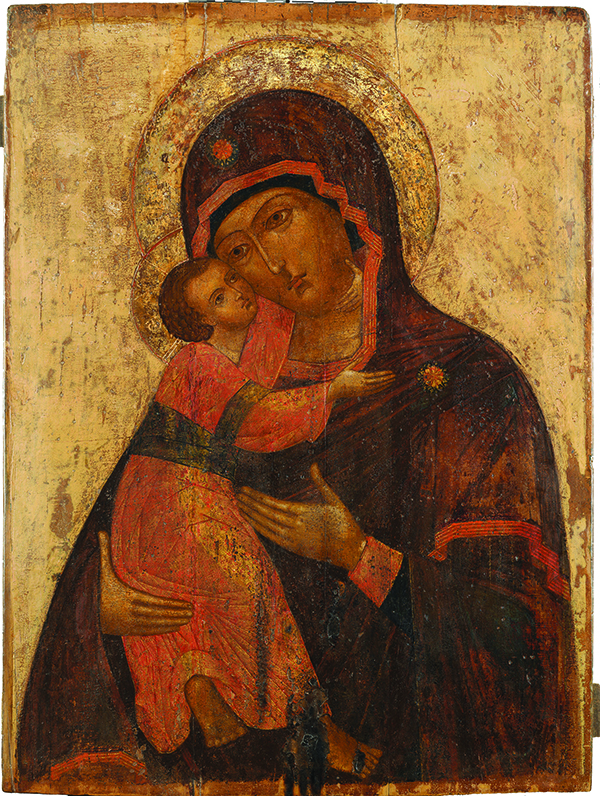
Courtesy of the Museum of Russian Icons, Clinton MA
Gordon B. Lankton started working in plastics as a young man and was inducted into the Plastics Hall of Fame in 2000. It is our good fortune that his life-long career led to the establishment, in 2007, of the Museum of Russian Icons, in a small town west of Boston.
In the 1960’s, Lankton went to work at an international injection-molded plastics company located in Clinton, MA, and he eventually became president. It was on a business trip to Russia in 1989 that Lankton bought an icon at a flea market. That icon was the first of many, and as his collection grew he began to think about a museum, so these sacred images could be shared with the people of, and visitors to, Clinton MA.
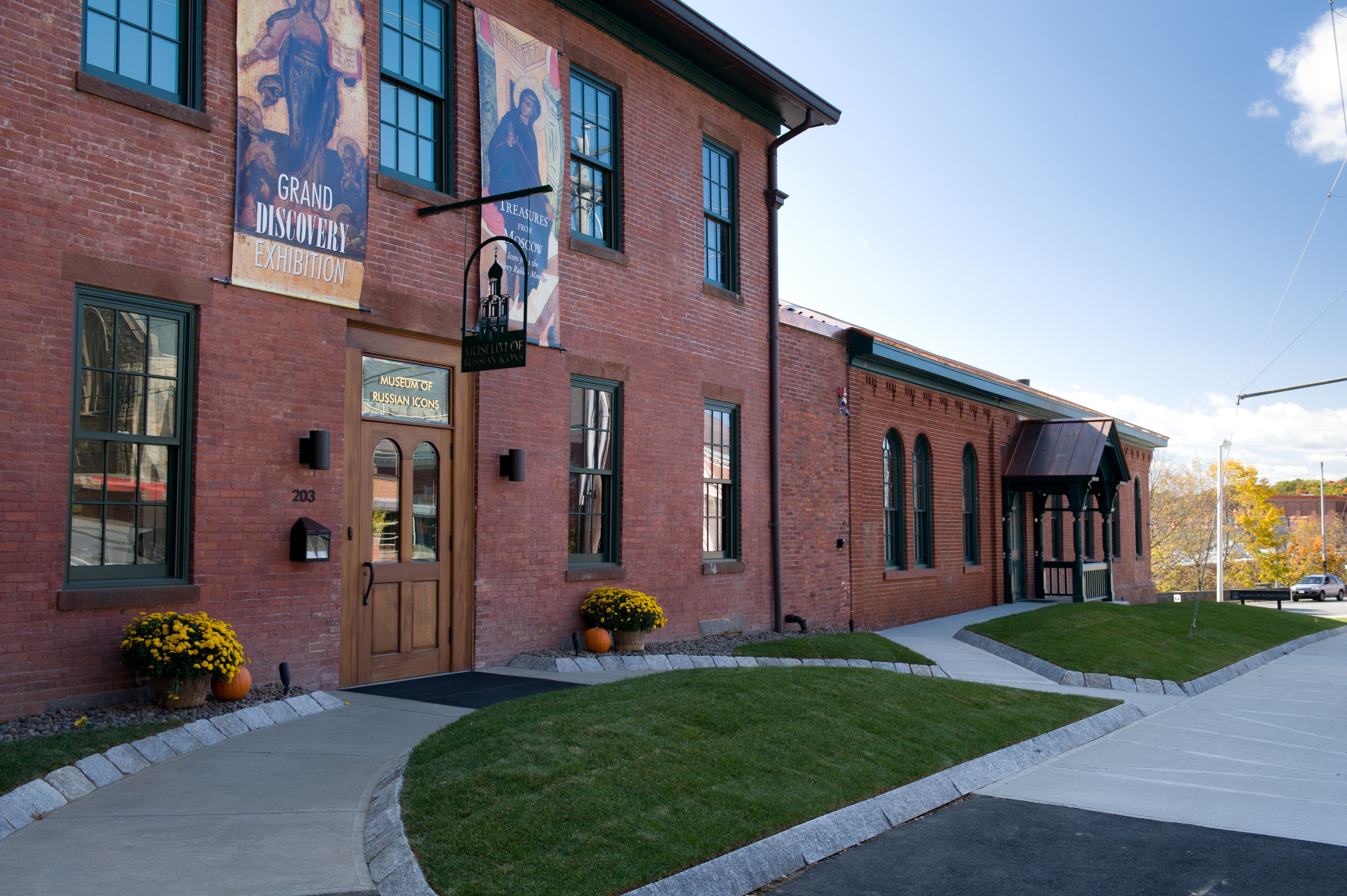
The museum that Gordon B. Lankton created is the only one in the USA dedicated to Russian icons, and it now holds the largest collection of Russian icons outside Russia.
The Museum of Russian Icons is housed in a 150-year-old former mill building. As the museum grew, that space was supplemented with an aluminum-clad contemporary addition and, subsequently, the former courthouse and police station next door was purchased and renovated to provide more gallery space.

The Museum includes a terrace with a green roof, a Russian tea room, and performance hall for lectures and concerts.
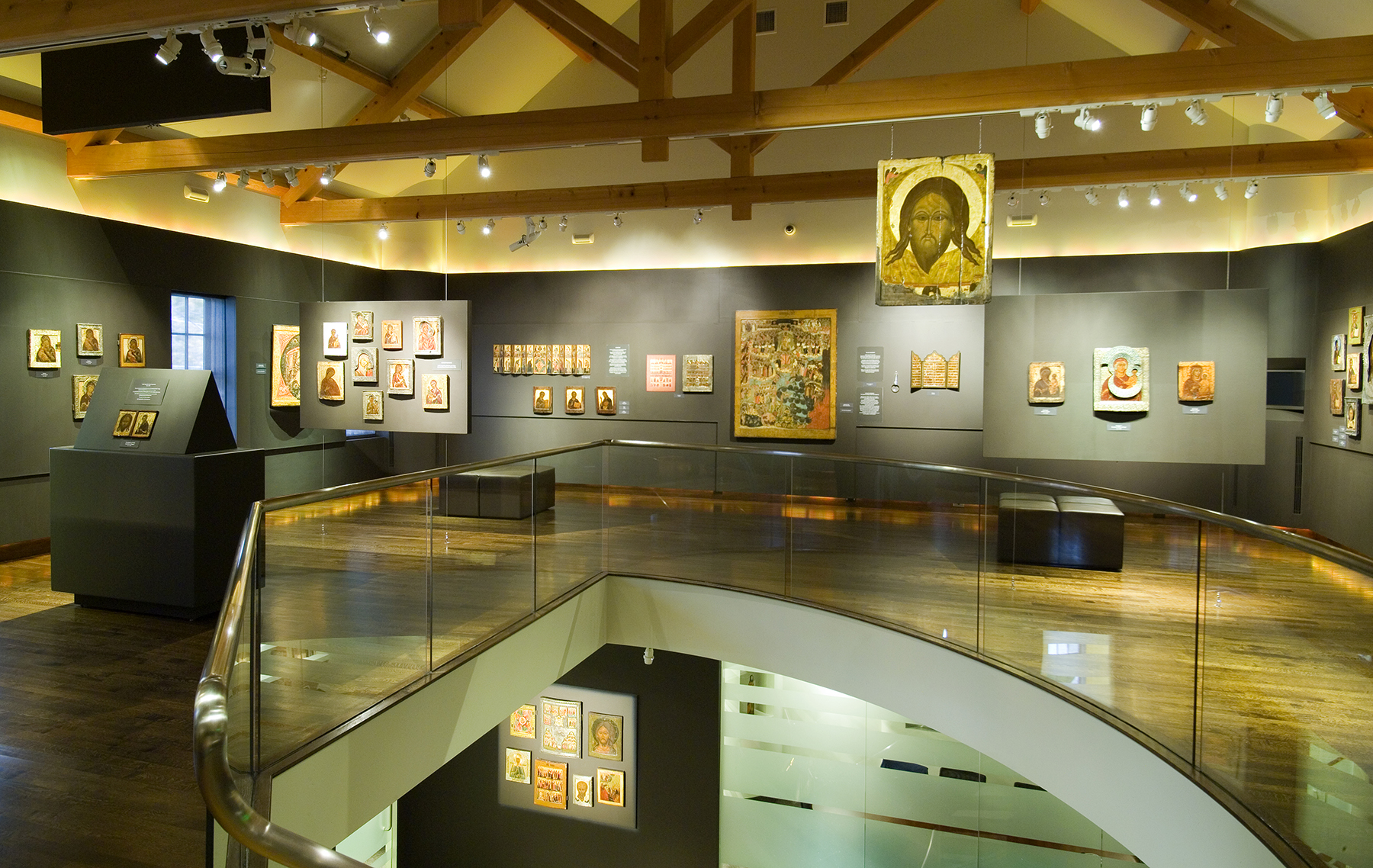
Three floors of galleries display the permanent collection, and a dedicated gallery features special exhibitions that range from contemporary Russian art to icons from other Orthodox cultures.
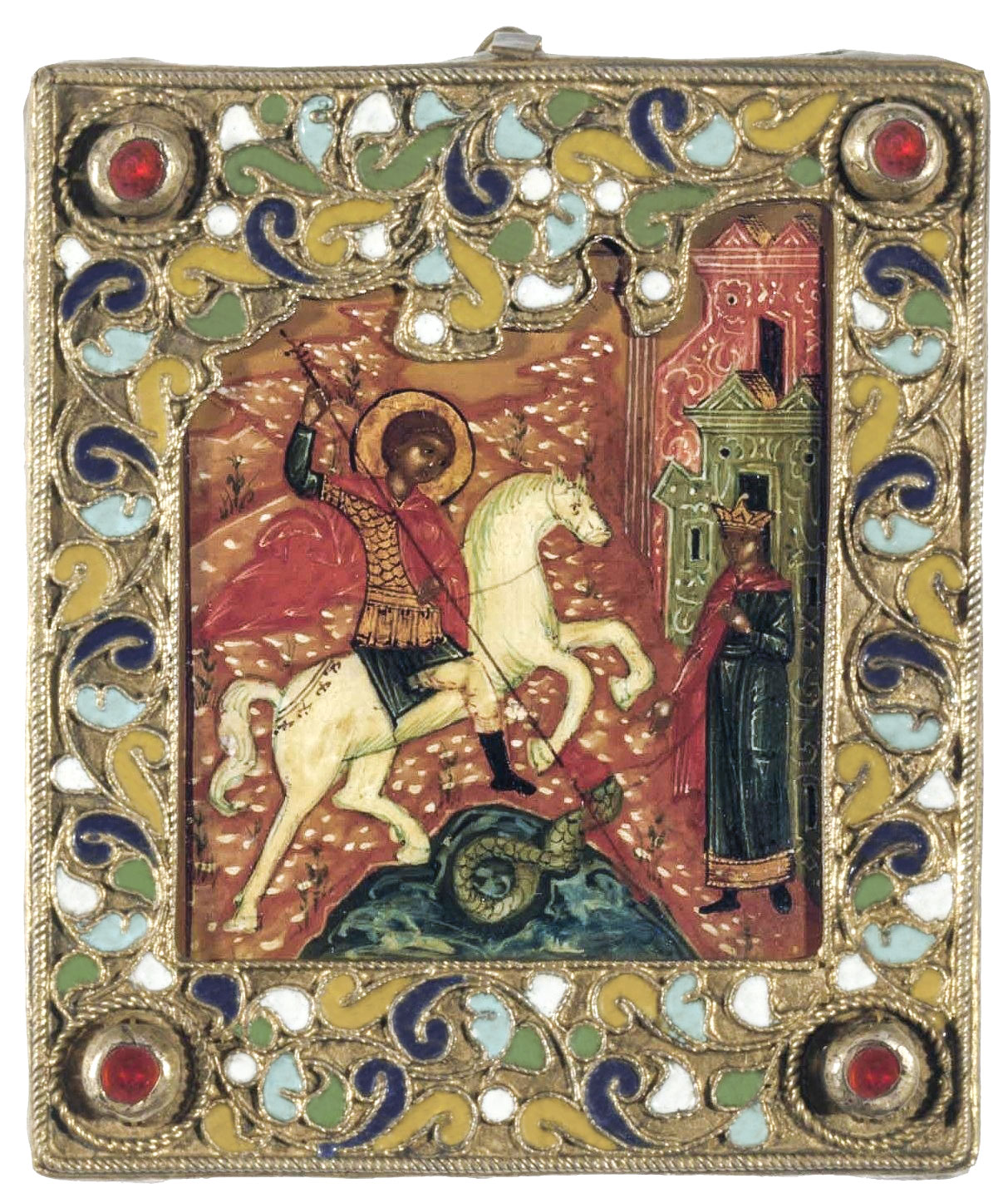
Courtesy of the Museum of Russian Icons. Clinton MA
The special exhibition currently at the Museum, Wrestling with Angels – Icons from the Prosopon School of Iconology and Iconography (through October 20, 2019) presents 46 luminous contemporary icons that reflect the recent renaissance of this ancient tradition. The works in the show are by the Master Iconographer and founder of the Prosopon School, Vladislav Andrejev, plus 15 other master iconographers, instructors and apprentices from the School.
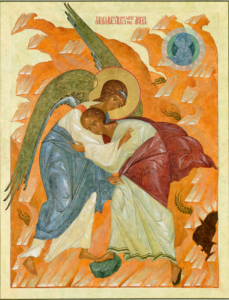
Prosopon School of Iconology and Iconography Courtesy Museum of Russian Icons
The exhibition is organized so that the visitor encounters the icons in the order they would within an Orthodox church. It begins with depictions from Hebrew scripture that would be found in the narthex (or vestibule), and continues with icons that would surround the congregation in the nave, including images of Jesus and his mother Mary (known in the Christian East as the Theotokos, Greek for “God-bearer”). The presentation concludes with icons that would be found on or behind the iconostasis (the screen or wall that separates the nave from the altar), including icons of the principal feasts of the Christian liturgical year as well icons of mystical subjects that point to the second coming of Christ.
The Prosopon School, which Andrejev founded more than 30 years ago, has taught an estimated 4000 students from around the world. By using the ancient Byzantine egg tempra method and uniting it with iconological principles, the Prosopon School draws the student into the practice of prayer. Through the discipline of creating an icon, the student learns to look inward, develop attentiveness and begin to pray, in pursuit of the words of St. John Chrysostom, “When you discover the door of your heart, you discover the gate of heaven.”
While the main focus of the museum itself is Russian icons, the Center for Icon Studies takes a broader perspective, promoting the ongoing study of all aspects of sacred icons. CIS is interested in the origin and development of icons globally, from the Byzantine period to the modern era.

by Alyona Knyazeva. 5.08 cm x 40.01 cm.
Collection of the Museum of Russian Icons, Clinton MA R2010.55
As a leading center for research and scholarship, CIS forges institutional collaborations such as their recent selection by the British Museum to host the online catalogue of their collection of Byzantine and Greek icons, featuring 32 important works created between the 13th and 19th centuries. Quite a coup for such a young museum!
Clinton is located at the top of Wachusett Reservoir, just an hour’s drive west of Boston. For a spiritually-uplifting excursion, consider combining a visit to the Museum of Russian Icons with a stroll through the 171-acre Tower Hill Botanic Garden in nearby Boylston.
Hmmm… maybe it’s time to plan a little trip!
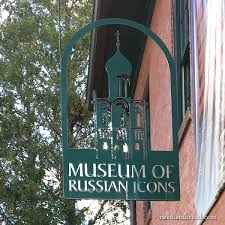
Museum of Russian Icons
203 Union Street, Clinton MA
978-598-5000
Featured header image above: Saint John the Theologian, 20th Century, 55.24 cm x 27.3 cm. Courtesy of the Museum of Russian Icons, Clinton MA

These are truly a treasure and fun to read! Thank you Julio for sharing these with me! Barbara kroner!
Happy to know that you enjoy our Art Things Considered blog, Barbara!
Just saw your note, Susan. Glad to have helped you find this treasure! The museum hours are on their website at https://www.museumofrussianicons.org/hour-admissions/
I can hardly wait to visit!
Ken Fanelli
Secretary and Board member
Sacred Art in Action
Shepherdstown, WV